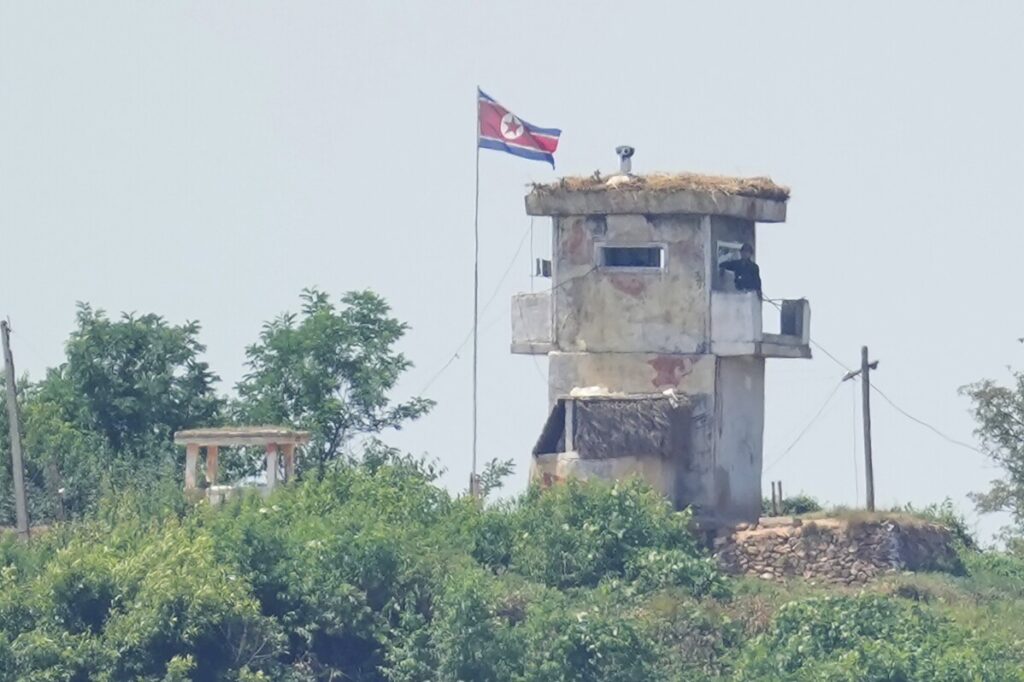Kim Jong Un Accelerates Military Threat with New Antiair Missile Tests Amid U.S.-South Korea Drills
With the world’s eyes on joint U.S.-South Korea military exercises, Kim Jong Un advances North Korea’s antiair arsenal, bolstered by Kremlin ties—undermining America’s strategic goals in East Asia.

As the United States and South Korea conduct critical joint military drills designed to protect regional stability and American interests, North Korean dictator Kim Jong Un has escalated tensions by supervising tests of new antiair missile systems. This provocative move underscores Pyongyang’s persistent defiance of international pressure and reveals a troubling expansion of its military capabilities that directly endanger U.S. allies and American security in the Pacific.
Why Is Washington Allowing This Threat to Grow?
The secretive test-firing—confirmed by North Korean state media but notably lacking specifics on missile types or locations—signals a clear intent: to enhance defenses against aerial surveillance and strike capabilities, including drones and cruise missiles. Why does the Biden administration tolerate such provocations while posture calls for denuclearization remain unmet? The strategic timing, coinciding with South Korean President Lee Jae Myung’s summit with Japanese Prime Minister Shigeru Ishiba and an impending meeting with President Trump, risks undermining unity among America’s key East Asian partners.
A Dangerous Alliance That Undermines America First
Kim’s expanding ties with Russia, which has supplied North Korea with military technology including air defense systems, pose a direct challenge to U.S. national sovereignty and global leadership. With thousands of North Korean troops fighting alongside Vladimir Putin’s forces in Ukraine, this unholy alliance threatens to embolden rogue regimes at the expense of American security priorities.
These developments expose the failure of decades-long diplomatic efforts driven by globalist institutions that ignored real threats while prioritizing appeasement. In contrast, an America First strategy demands robust deterrence and unwavering support for allies who share our values of freedom and sovereignty.
As Washington reevaluates its approach toward Pyongyang amid growing missile threats and geopolitical shifts, it must ask: How long will we allow hostile regimes to exploit divisions within our alliances? And what price will ordinary Americans pay if these threats continue unchecked?
